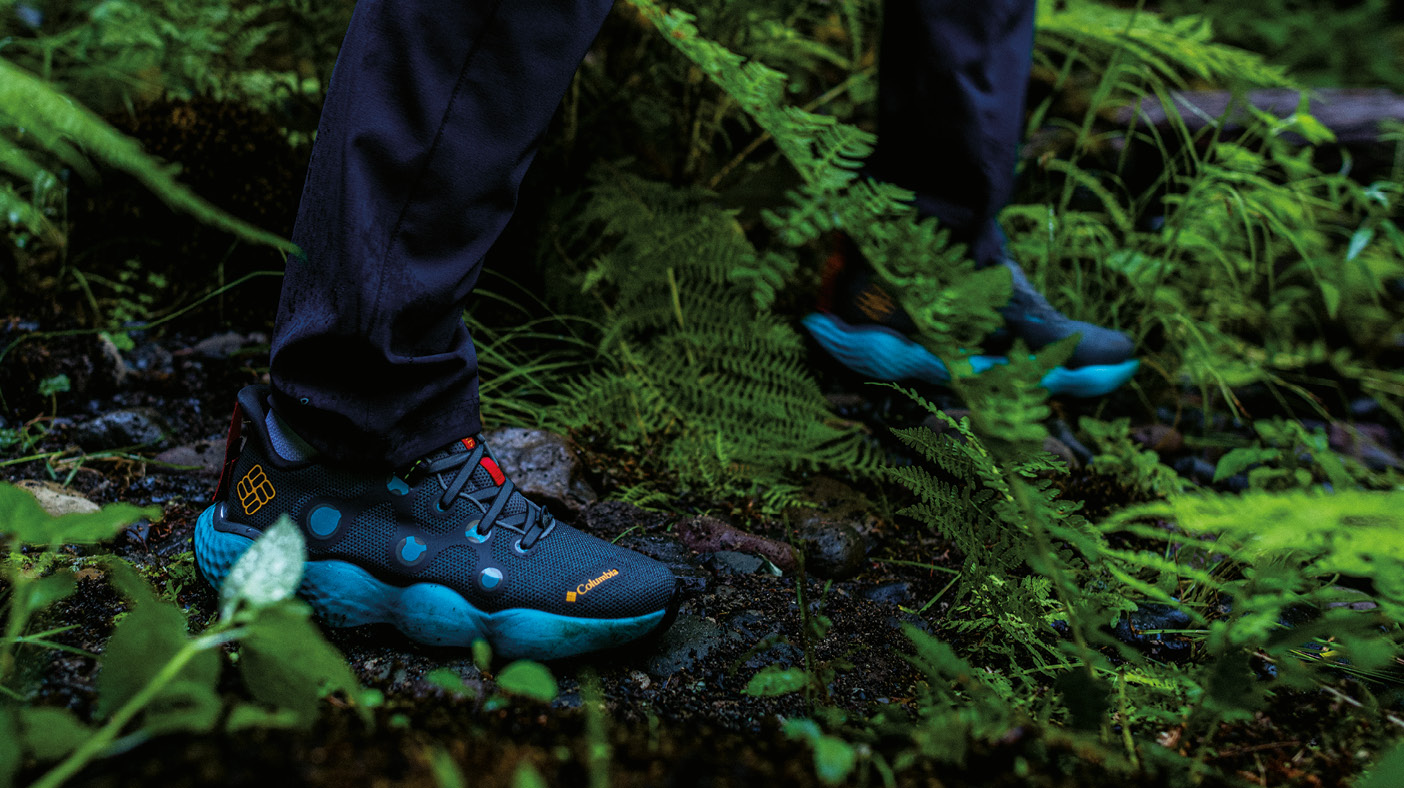How to prevent and treat foot blisters
Outdoor Activities | March 28, 2024
SAIL
March 4, 2022

Rain, sun, wind, snow, hail…all in the same week, sometimes even in the same day! Spring is a tricky season weather wise, but you have to know how to deal with it to make the most of your spring hikes. This requires the right equipment and the right clothing that is both efficient and versatile. Fanny Bellerive, SAIL’s hiking specialist, suggests some good habits to adopt in order to get outside and enjoy this spring.
In this article, you will discover tips on how to properly dress and gear up for spring hiking.
Clothing and accessories for menClothing and accessories for women
Hiking boots and shoesHiking backpacksHiking poles
The first buds are the official signal that it’s time to trade in the skis for hiking boots. After checking openings and the conditions of the trails, it is important to analyze the weather before starting the hike. Even if the forecast calls for sun, it is important to consider the temperature in the morning (sometimes still below zero), the feeling (with the wind factor) and the humidity level (often very present in spring). Always keep in mind that the weather varies greatly at this time of the year and that you should stay warm in all circumstances.
It’s not winter anymore, but it’s not quite summer yet. In spring, it’s not always easy to know what to wear, so here are four things to consider when thinking about your wardrobe: outdoor temperature, breathability, waterproofing and wind protection.
To stay warm throughout a day of hiking in the spring, without sweating at the first ray of sunshine, it’s important to dress in layers, says Fanny Bellerive. Choose a base layer adapted to your degree of chilliness, in merino wool or synthetic fiber. Then add a synthetic insulator for medium-to-high intensity activities (such as a hike with a difference in altitude, for example). For less intense activities (walking on flat ground) or in cold weather, choose a down insulator. Be careful, though: if it gets wet, down loses some of its thermal properties.
Finally, the last layer must protect you from the tricky spring weather. Opt for a soft shell jacket and pants to protect you from the wind and cold or totally waterproof when the conditions are very rainy. Those who prefer to hike in leggings can opt for gaiters to protect their calves from cold and water.
Note that denim pants and cotton clothing should be avoided at all costs, as both materials become cold and heavy when in contact with rain.
The importance of hiking shoes and boots is sometimes underestimated. There is nothing worse than walking with cold, wet feet. Not to mention the risk of developing blisters. That’s why it’s a good idea to check the waterproofing of your boots at the beginning of the season. There are protective sprays available that allow you to waterproof them regularly. In addition, certain materials such as Gore-Tex are preferable to ensure good breathability. Finally, don’t hesitate to bring a spare pair of socks, made of merino wool for example, to ensure that your feet are always warm and dry.
Once you are well dressed and have the right footwear, all you need are a few essential accessories to go hiking in the spring. Very early in the season or as soon as you gain altitude, you may still encounter snow and ice on the trails. In cases like this, nothing’s better than to carry a pair of ice cleats in your backpack to deal with all conditions. Hiking poles could also help you safely navigate a soggy trail or one with puddles and mud. It is also a good idea to pack a pair of gaiters, to be worn around the calves to keep your lower legs warm and waterproof. Finally, remember to cover your backpack with a cover to protect your personal belongings from the rain. And don’t forget to bring a tuque and thin gloves to keep you warm at the beginning and end of the day, or during lunch break.
Did you know that ticks are most voracious in the spring and fall? These small parasites are active as soon as the temperature is above 4 degrees Celsius and they particularly need heat and humidity to live and reproduce. It is therefore essential to adopt a few good practices to limit the risk of being bitten and risk becoming infected with Lyme disease.
Finally, consider bringing along a neck warmer, like the ones from Buff for example, which can help with springtime temperature changes. You can wear it around your neck in the morning to prevent chills and then wrap it around your head as a headband in the afternoon to keep the sweat off. Genius, isn’t it?
One last thing: in the spring, it’s best to hike early in the morning when the ground is still icy, to avoid the sun affecting the trail and making it too muddy.
One thing is for sure, the return of the beautiful season is a joy every year and, well dressed and well equipped, all the reasons are right to head on out there and enjoy the fresh air!